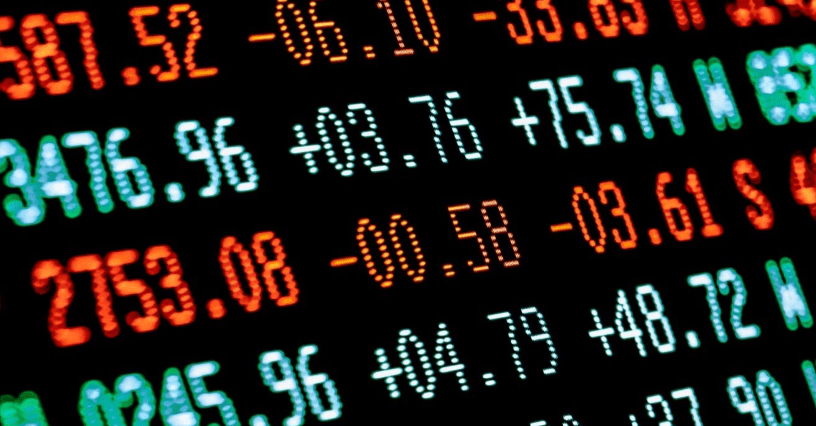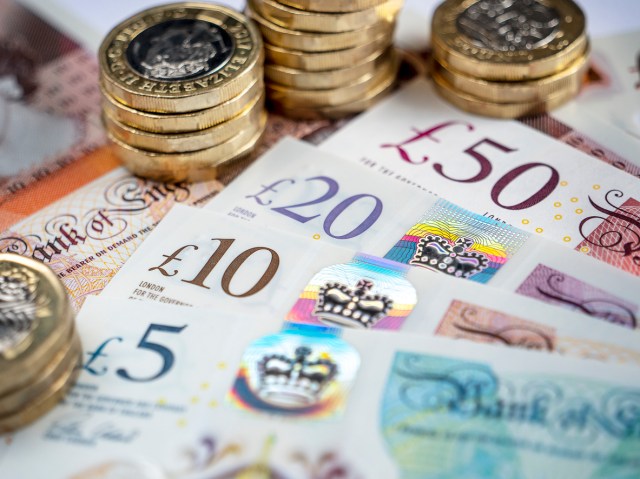How to understand shares and the stock market

Most people think investing in the stock market is a case of buying a bunch of shares from a company, watching that company grow in value and then selling the shares at the right time in order to buy more shares from other companies and grow a large fruit-laden money tree, which you can shake down when you need some cash.
Well, that’s the children’s book version. Hopefully your money tree, aka your stocks and shares portfolio, will flourish over the longterm and bear fruit. Luck, however, might not always be on your side and random events ranging from political shake-ups to natural disasters to market panic can wipe share value overnight. Then what? If you’re a canny investor who is always doing their homework (research and market analysis) and you have invested in several areas or companies rather than just one, hopefully you can ride the waves and come back up on your surfboard. At the very least, you need to be armed with the below terminology so you can at least sound like you know what you are talking about. You will certainly need to be able to talk about shares.
Shares demystified
Assets
Basically, the goods! The things of value and how they translate into money. Think of it this way – if you had to sell everything in some fictitious company tomorrow in a sort of jumble sale, what would you sell? It could be land and buildings. It could also be the team and their work-in-hand, namely their projects and services. Their projects might be worth a lot of money as no one else thought up those projects and the company have the perfect team to execute it. Ideally you never sell assets – you let them accrue worth.
Nominal share value
Most shares have a nominal value which is typically 25p (but often more or less) which originally represented the asset value of the company. The shares were, once upon a time, sold at a market value which represented both the value of the assets and their ability to make money. So a 25p nominal share could have been sold originally at £1 reflecting the earnings potential of the company. The key word here is potential.
The total of the nominal sum of all the issued shares is the issued share capital of the company – namely how much the company is worth in shares. The shares of a company can also be called its equity or stock. Shares were originally bits of paper so this is how much the company is worth ‘on paper’ so to speak.
If you own a chunk of shares of a company, you have some power within that company. Remember the film Pretty Woman? The bit where Richard Gere is having dinner with a business associate who warns him to stop meddling with his company and leave it alone? Possibly not, but Gere’s priceless response is “I can’t do that, I own ten million shares.” You can bet he’ll be at their AGM (Annual General Meeting)!
The dividend (and its cover)
The dividend of a company is the proportion of its profits that gets paid to its owners. Who are the owners? The shareholders, in case you forgot! Normally a company pays only part of its profits as a dividend. The rest is retained to fund internal growth. These are the ‘fat stores’ for possible lean years as well.
The number of times that a company could have paid its net dividend is the cover of the dividend. For example, if a company makes a profit of a million pounds but pays only a quarter of a million in dividends then the dividend is said to be ‘covered’ four times. In that it could have been paid out four times but it wasn’t – probably for the best as it’s worth saving for that inevitable rainy day.
P/E Ratio
The company’s profits are also known as its earnings. To get ‘earnings per share’ you have to divide the earnings by the number of shares in existence. The price to earnings ratio (P/E) measures how many years of earnings per share at the current share price would be needed to pay for the share. So a P/E of 10 means that ten years of earnings will pay for the cost of the share. Why work this out at all? Because you might want to buy some shares back one day from Richard Gere so he has less power over your company!
However, not all of the earnings are paid as dividend (remember the ‘cover’ bit?) so the paying back period will be longer. But if the earnings and dividends rise each year then the repayment time of the share price will be reduced and the dividends will be pure profit.
The yield
The yield is a financial ratio. It tells you how much a company pays out in dividends each year relative to its share price. To get it, you divide the value of dividends paid in a given year per share of stock held by the value of one share of stock. A company’s yield is typically expressed as a net percentage (so ignoring any associated tax credit) of the current share price. The long-term average yield in the UK is around 3.6 per cent net.
Trading shares
As well as buying and selling shares, you can also trade them. Where? It can be done privately but usually it’s done through a stock exchange which is a central clearing house which matches buyers and sellers. The price at which buyer and seller agree to trade is known as the market price of the share and it usually moves up and down on a trading day depending on supply and demand. The closing price is printed in the financial papers and on the internet.
The market, until recently, was principally the floor of the London Stock Exchange where brokers met jobbers to buy and sell shares but these days it’s all done online and on the phone. There is a constant struggle between the ‘bulls’ who think share prices are too cheap and the ‘bears’ who think they are too high and want to sell their shares. Many an academic has studied the ‘mob psychology’ of stock market behavior.
Bankruptcy
If a company goes under and has to declare bankruptcy then its remaining assets have to be sold off to pay off its creditors, particularly the banks. The creditors are the people or institutions that lent it money and need to be paid back first. Shareholders, who took a gamble on investing rather than loaning, come last in the queue so they might not get any meat off the bone-picked carcass at all. They do have some protection however, because of the principles of limited liability, meaning they can’t lose more than the value of their shareholdings. They are business owners but they are not liable for any company debts.
Investing in Stocks and Shares, 9th Edition
by John White
A revised, fully updated 9th edition of this bestselling book about investing in stocks and shares.
This book, first published in 1992, is one of the most enduring guides to investment in the stock market ever published. Now in a thoroughly revised, updated 9th edition this bestselling volume has been written and kept up to date by a professional long-term investor. It explains in plain English how the stock market works; what affects share prices;how to avoid unnecessary risks; and how you can invest successfully in shares, bonds, gilts, options and futures over the long term.
It gives step-by-step guidance on:
· how to trade on the stock market, whether it's going up or down;
· successful stock investment strategies;
· investing at minimum risk in traded options and futures;
· buying bonds, gilts and interest-bearing deposits.




